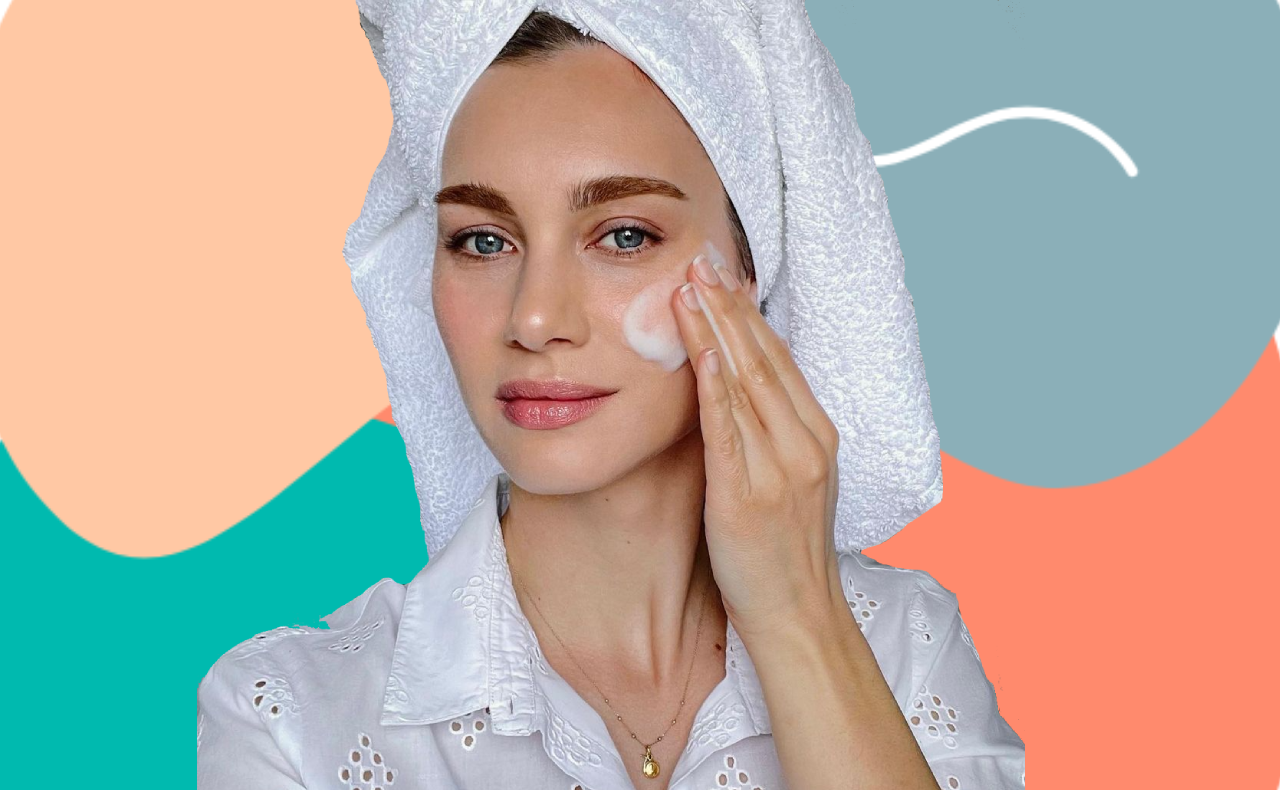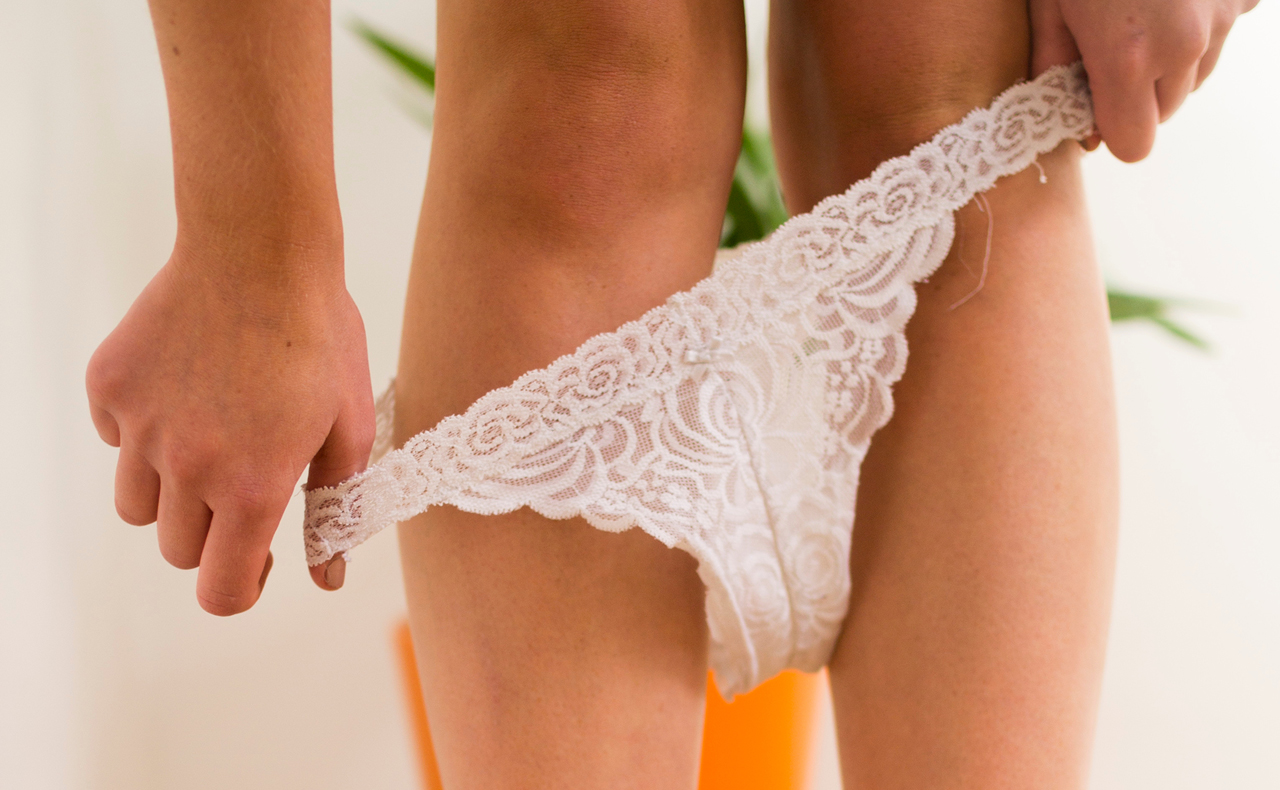That is the question. Oxygenating skin therapies promise to resuscitate skin and return the radiance of youth, but not everyone is convinced a shot of O2 is good for you…
A breath of fresh air for radiantly healthy skin. Let pure and clean oxygen soothe internal stress, banish spots and lift lines in an instant.
The immediate attraction between oxygen skin therapy and smog-stifled city dwellers was inevitable. And when celebrities like Madonna, Gwyneth and Renee Zellweger spilled simple O2 as the secret to their apparently age-proof skin, the buzz couldn’t help but turn into a trend. If you’ve not yet tried an oxygen facial, lotion or potion, where have you been?
Like many a skincare sensation, the O2 trend sprang from medical discovery. Doctors have been using hyperbaric (high pressure) chambers and cannulas to help the medically oxygen-deprived for years and the life-giving molecule’s wound-healing powers are now well documented.
So when skincare took oxygen therapy topical, suggesting that we can use oxygen to perfect our complexions, it was hailed a breakthrough. But it was also at this point that sceptics’ first question began to niggle: isn’t the skin steeped in free oxygen all day anyway?
Good point. But cosmetic physician Dr Gabrielle Caswell says it skirts an even bigger one. “Obviously the skin has some permeability that allows skin creams and medicines to penetrate the outer layer, but the skin doesn’t ‘breathe’ – our lungs do,” she reminds us. “Our bodies are designed to carry oxygen in the blood and distribute it to our tissues via our capillary system.”
But Leanne Lovatt, the founder of Heritage Healers, a brand that performs oxygen facials, argues that “it’s not the same”.
“[Using tools that] work pore by pore, we shoot the oxygen molecule down through the pores to effectively target all the skin cells and the dermis,” she explains.
Caswell remains unconvinced, but skincare junkie Ashley McDonald is sold: “I had phenomenal results after one [Heritage Healers] treatment – I looked ten years younger and so alive. It’s the best treatment I’ve ever had.” It’s these seeing-is-believing, instant results that have driven so many women into the salon and so many skincare companies into the lab.
But, despite the buzz, some skincare professionals still have questions. Like even if oxygen can be absorbed topically, what’s the point? “You can’t give your skin a top up of oxygen … we use as much as we need and expel the rest,” states Caswell. While someone with respiratory or circulation problems might benefit from inhaling extra oxygen, healthy bodies at sea level are already at saturation point. So, though deep breathing is certainly relaxing, having an O2 hit when you’re healthy is like taking a pill when you don’t have a headache – unnecessary.
Further sleuthing appears to cast another shadow over the healing powers of topical oxygen. The Cosmetics Cop, Paula Begoun, quotes the American Diabetes Association’s Diabetes Forecast (June 1993): “When you have a stubborn [wound] that won’t heal… the more oxygen your body has to work with, the more efficiently it lays down wound-repairing connective tissue. But it is the inhaled oxygen, which is then absorbed by your blood after you breathe it, that speeds wound healing, not oxygen drifting past the wound.”
Healing aside, it’s the claim that oxygen kickstarts collagen and restores youthful smoothness that seduces most. Yet experts like Caswell say this most sought-after ‘benefit’ is also the most contentious.
The oxidation theory of ageing provides that reactive oxygen species (ROS) are a by-product of cells reacting with oxygen and are a type of free radical that actually causes damage to collagen, elastin and DNA.
“If you look at the current skincare market, some [of the most] widely promoted products are antioxidants,” highlights Caswell. “Everyone is looking for ways to combat free radicals and reduce the residual damage they cause to the skin. Exposure of healthy skin to oxygen, which is a recognised pro-oxidant, may actually cause more damage.”
True, oxidation is not the only cause of ageing and factors like UV-exposure are crucial, but it is widely recognised as significant. “I would not recommend the [oxygen] therapy and err on the side of caution as increased ROS effects on the skin do seem quite plausible,” agrees Emma Hobson from the International Dermal Institute.
Heritage Healers agrees that ROS is a potential danger but says the Echo 2 delivery system used in its facial treatments triumphs. “Oxygen has got to be delivered as a nutrient, not a free radical,” reasons Lovatt. “We use medical grade oxygen, so it’s 99.9 per cent pure. And it’s only delivered in plastic – we don’t use metal nebulisers as metal generates the free ions that can lead to the formation of free radicals.” But she acknowledges that not all practitioners are so careful.
So to breathe or not to breathe? Tough question.
– Tracey Withers





I had an oxygen facial years ago and it was worth it!